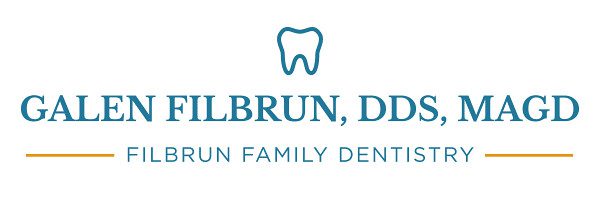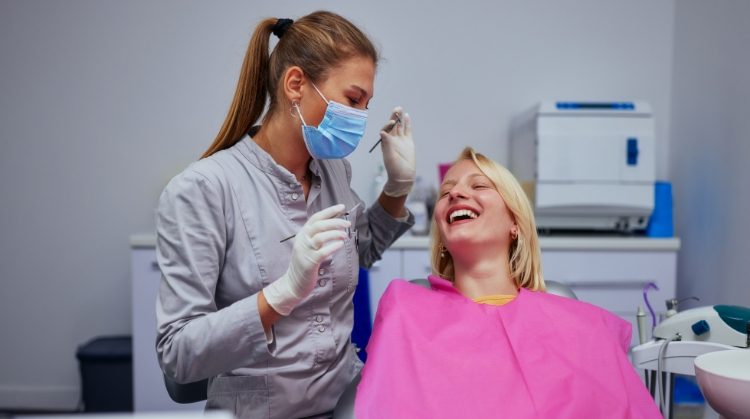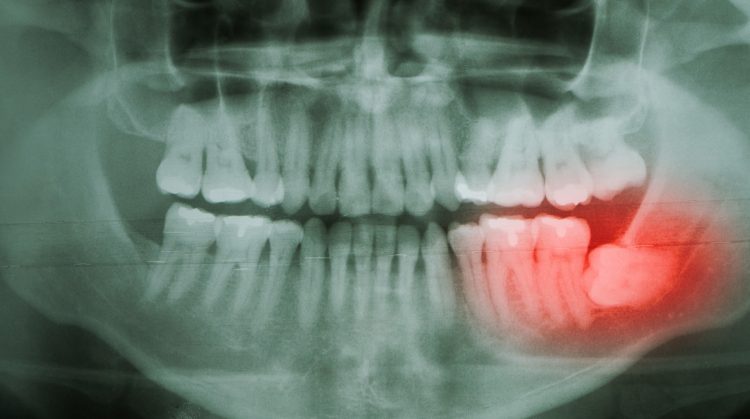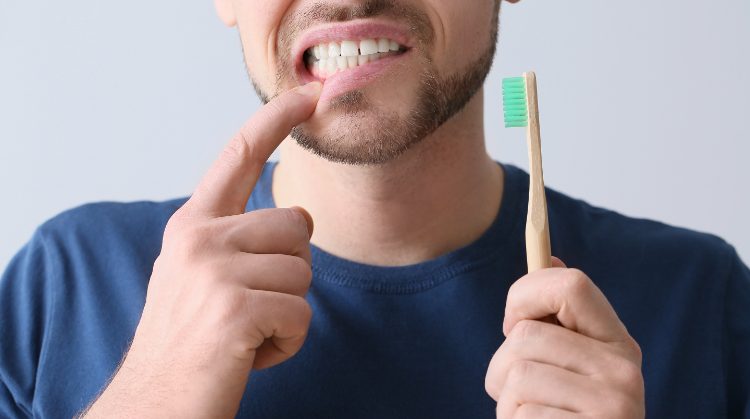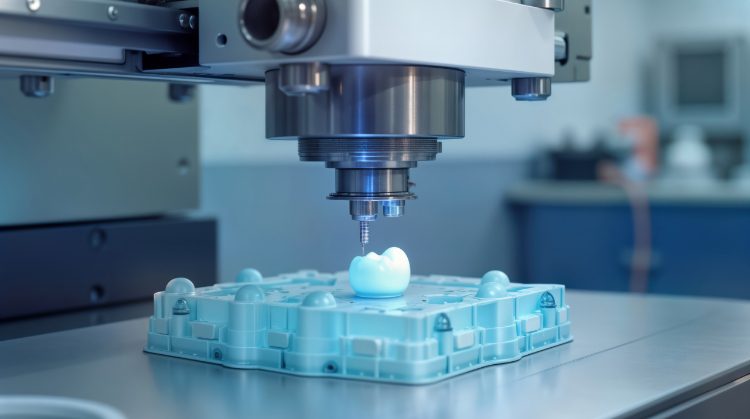The six-month dental checkup has become as routine as changing your car’s oil, but many patients question whether this dental checkup schedule is genuinely essential. If your teeth feel fine and look clean, you might wonder if you’re wasting time and money on frequent visits. However, the answer to optimal checkup frequency is more personalized and science-based than you might expect.
The truth is that while the six-month rule has become deeply ingrained in dental culture, modern dentistry recognizes that each patient’s needs are unique. Some individuals may benefit from quarterly visits, while others can safely extend their checkups to once a year. Understanding your personal risk factors and oral health status is crucial in determining the optimal schedule for you.
In this guide, we’ll explore the science behind dental checkup frequency, help you understand your individual needs, and explain why personalized preventive care is the most effective investment you can make in your long-term oral health.
What Is the Six-Month Rule and How Did It Start?
The biannual dental visit recommendation didn’t emerge from extensive clinical research—it originated from a 1950s Pepsodent toothpaste advertisement that popularized the phrase “see your dentist twice a year.” While this marketing slogan became a cornerstone of American dental culture, modern dental science has revealed a much more individualized approach to preventive care.
Here’s what matters: your optimal checkup frequency depends on your unique risk profile, current oral health status, lifestyle factors, and genetic predisposition to dental problems. Rather than following a timeline, today’s dental professionals assess each patient individually to create a customized maintenance schedule.
This personalized approach means that some patients with excellent oral health and low risk factors may be able to maintain optimal dental health with annual visits. In contrast, others with active gum disease or multiple risk factors may need to see their dentist every three to four months for optimal outcomes.
The Step-by-Step Process of Determining Your Ideal Checkup Schedule
Establishing your personalized dental checkup frequency isn’t a guessing game—it’s a systematic evaluation process that considers multiple factors to ensure optimal oral health outcomes.
1. Risk Assessment: Your journey begins with a thorough evaluation of your oral health history, current conditions, and lifestyle factors. This includes reviewing your history of cavities, gum disease, oral hygiene habits, diet, smoking status, medications, and overall health conditions like diabetes.
2. Clinical Examination and Diagnostic Testing: Your dental team performs a complete oral examination, including X-rays, gum measurements, oral cancer screening, and assessment of your current oral hygiene effectiveness. This clinical data provides objective measures of your oral health status.
3. Lifestyle and Risk Factor Analysis: Factors like stress levels, diet patterns, tobacco use, medication effects, pregnancy, age-related changes, and genetic predisposition to dental problems are evaluated to understand your complete risk profile.
4. Initial Schedule Recommendation: Based on your assessment, your dental team recommends an initial checkup frequency. High-risk patients may start with quarterly visits, moderate-risk patients with the traditional six-month schedule, and low-risk patients may potentially have annual appointments.
5. Ongoing Monitoring and Adjustment: Your checkup frequency isn’t set in stone. As your oral health improves or changes occur in your health status, your schedule can be adjusted accordingly. Regular reassessment ensures that you always receive the most appropriate care.
Why Choose Filbrun Family Dentistry for Personalized Preventive Care?
At Filbrun Family Dentistry in Modesto, CA, we understand that every patient’s oral health journey is unique. Our practice is built on the foundation of personalized care, taking the time to thoroughly assess your risk factors, lifestyle, and oral health goals to create a customized maintenance plan tailored to your needs.
Our experienced team uses advanced diagnostic technology and evidence-based assessments to determine your optimal checkup frequency, ensuring you receive precisely the care you need—neither too much nor too little. We believe in transparent communication, helping you understand your oral health status and the reasoning behind our recommendations.
What sets us apart is our commitment to long-term relationships with our patients. We track your oral health progress over time, adjusting your care schedule as your needs change, and always keeping your comfort, budget, and busy lifestyle in mind when creating your personalized preventive care plan.
Conclusion
Understanding your individual dental checkup needs represents a modern, evidence-based approach to oral healthcare that goes far beyond outdated recommendations.
By working with your dental team to assess your unique risk factors, current oral health status, and lifestyle considerations, you can establish a personalized maintenance schedule that optimizes both your oral health outcomes and your investment in preventive care.
Whether you’re discovering you need more frequent monitoring to address specific risk factors or learning that your excellent oral health allows for extended intervals, the key is professional guidance based on scientific assessment rather than arbitrary timelines.
Ready to discover your optimal dental checkup schedule and take control of your oral health? Contact Filbrun Family Dentistry in Modesto, CA, to schedule an evaluation today.
Frequently Asked Questions
1. What is the difference between high-risk and low-risk dental patients?
High-risk patients have factors like gum disease, diabetes, smoking, or frequent cavities that require more frequent monitoring (every 3-4 months). Low-risk patients with excellent oral health and no risk factors may safely have their visits extended to once a year.
2. How long should I stick to my recommended checkup schedule?
Your schedule should be reassessed regularly as your oral health and risk factors change. Improvements in oral health might allow for extended intervals, while new health conditions or problems may require more frequent visits.
3. Is skipping checkups risky if my teeth feel fine?
Yes, many dental problems, including gum disease, small cavities, and even oral cancer, develop without causing pain or apparent symptoms. Professional examinations catch these issues while they’re still easily and affordably treatable.
4. How much money can personalized checkup scheduling save me?
Personalized scheduling prevents over-treatment for low-risk patients while ensuring high-risk patients receive necessary care to avoid expensive treatments. Catching problems early through appropriate monitoring can save thousands in major dental work.
5. Can my checkup frequency change over time?
Absolutely! Your optimal schedule may change due to aging, new medications, changes in health conditions, improved oral hygiene, or the resolution of previous dental problems. Regular reassessment ensures that you always receive the most appropriate care.
